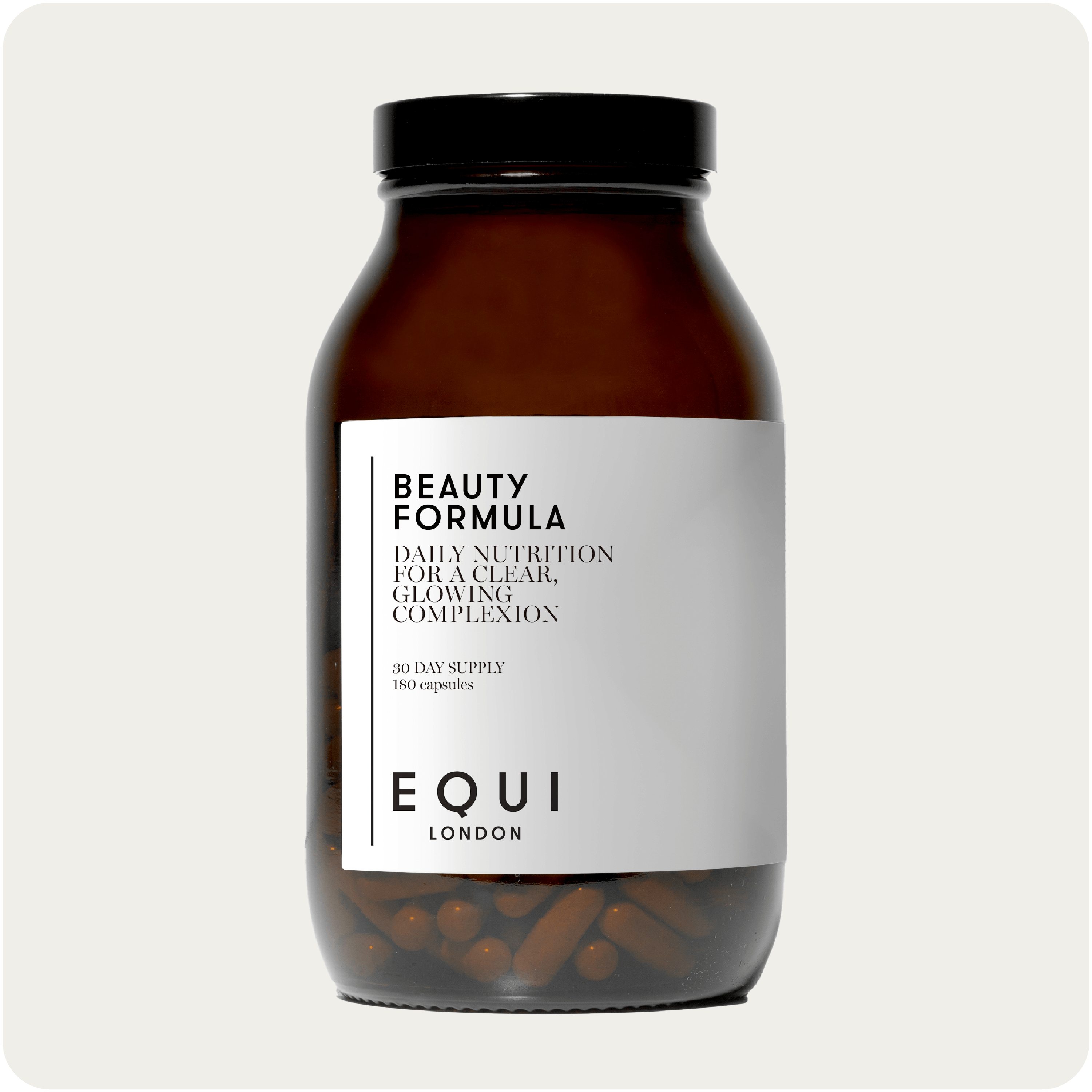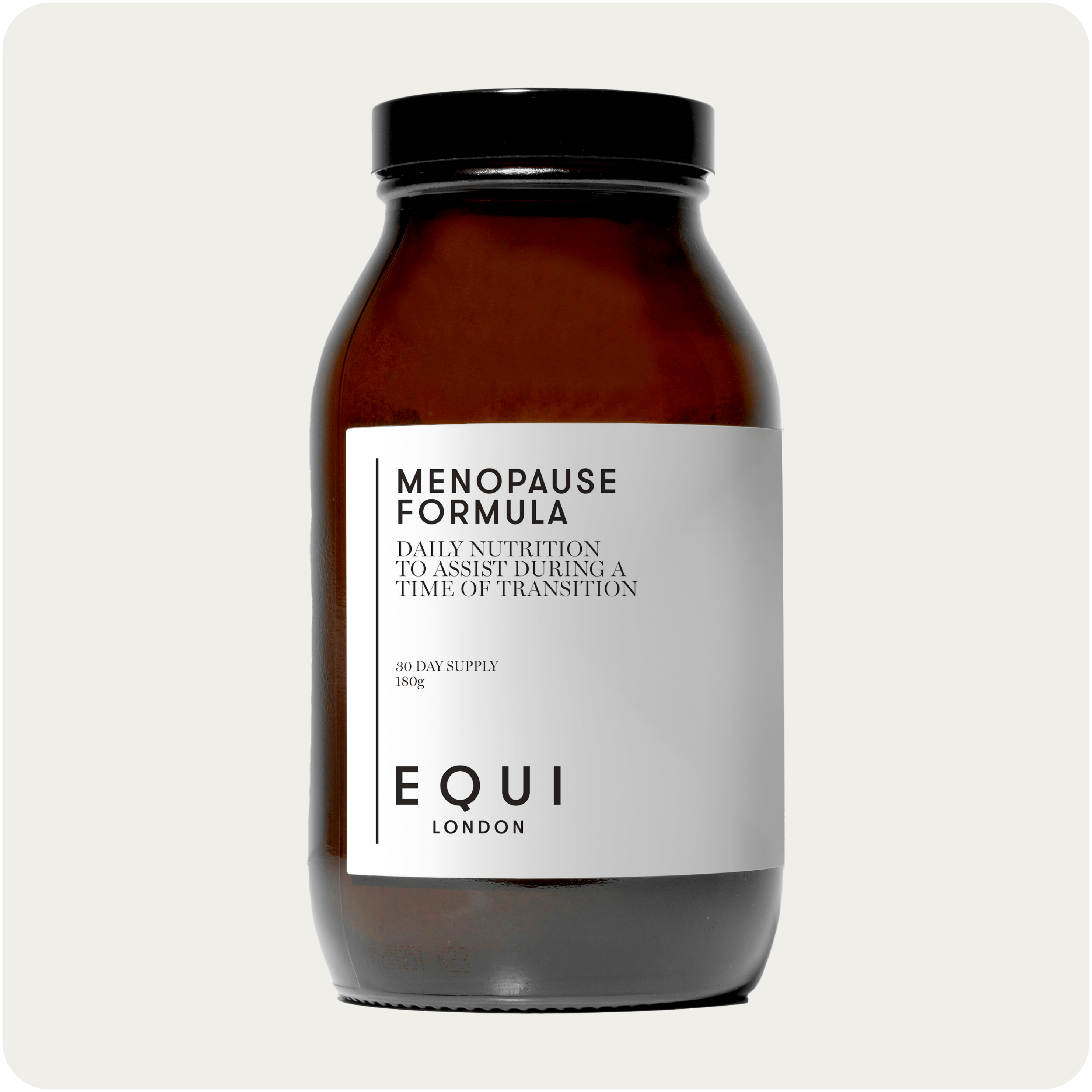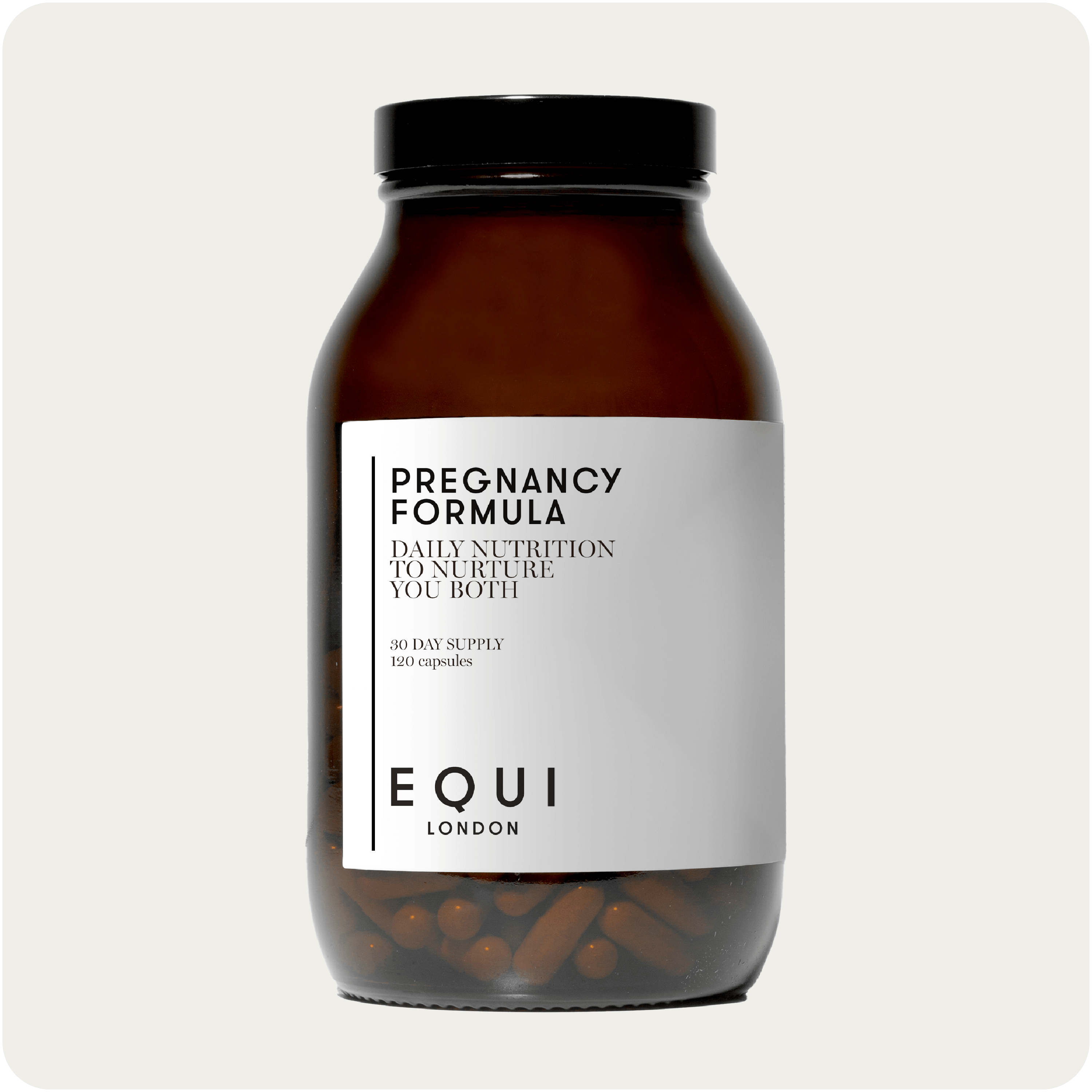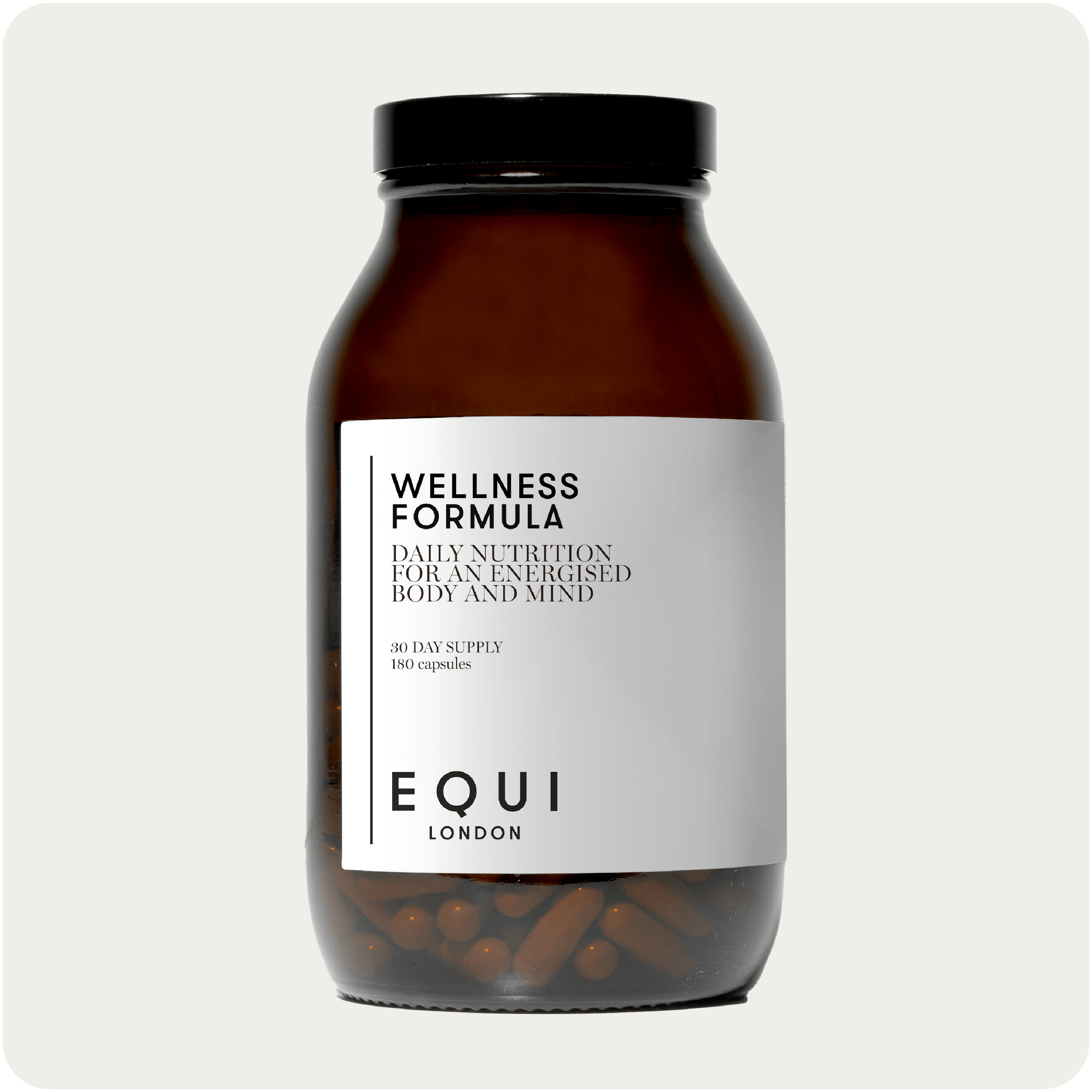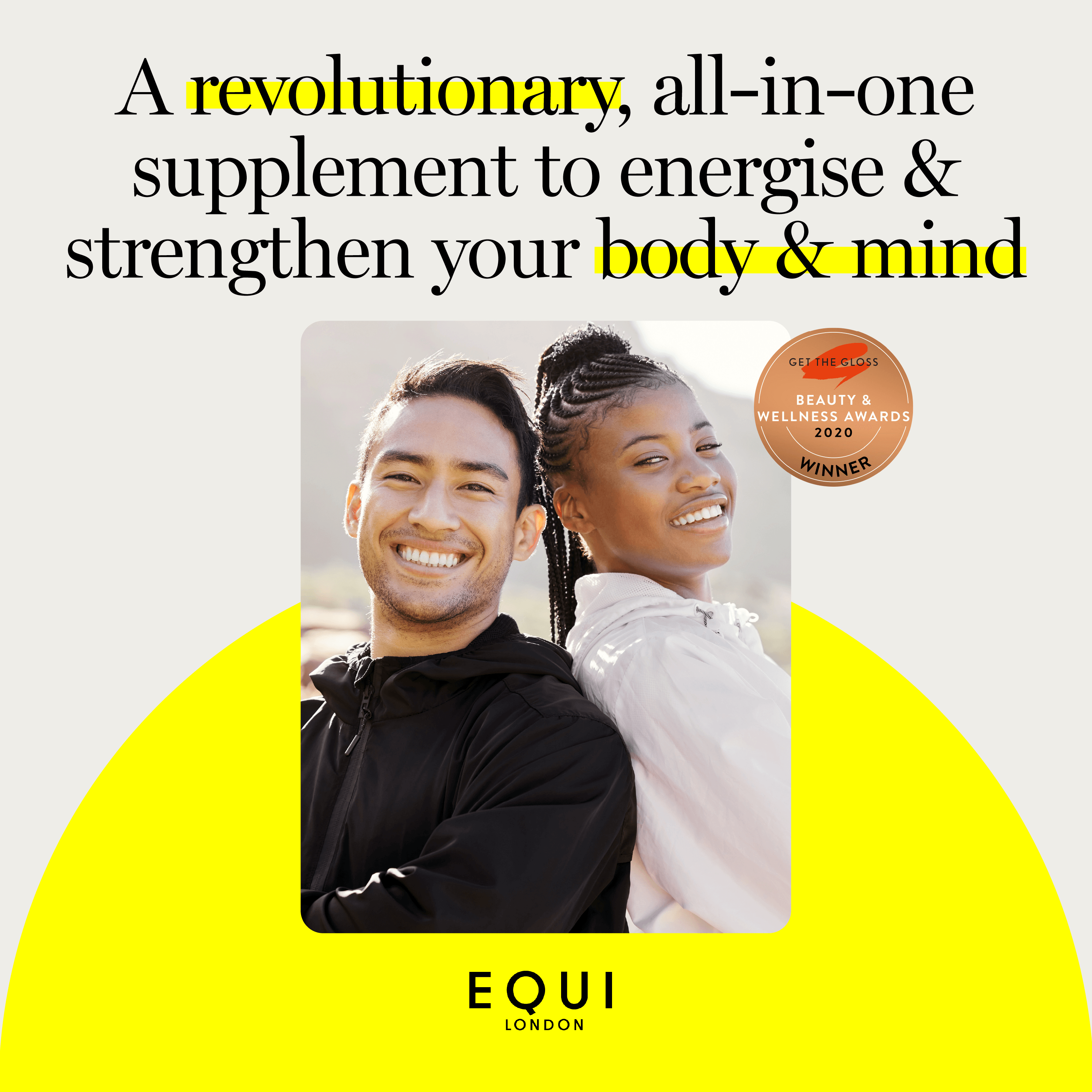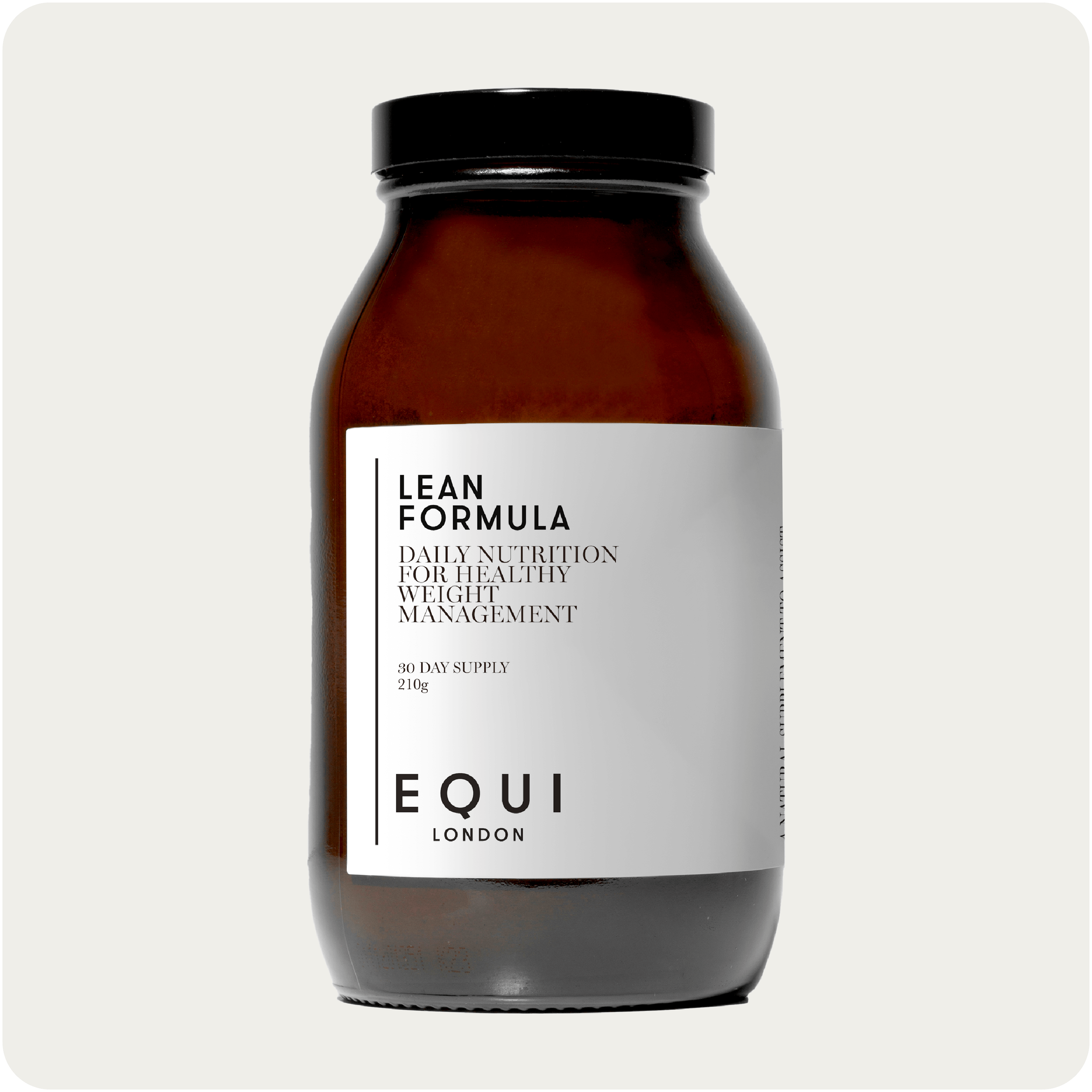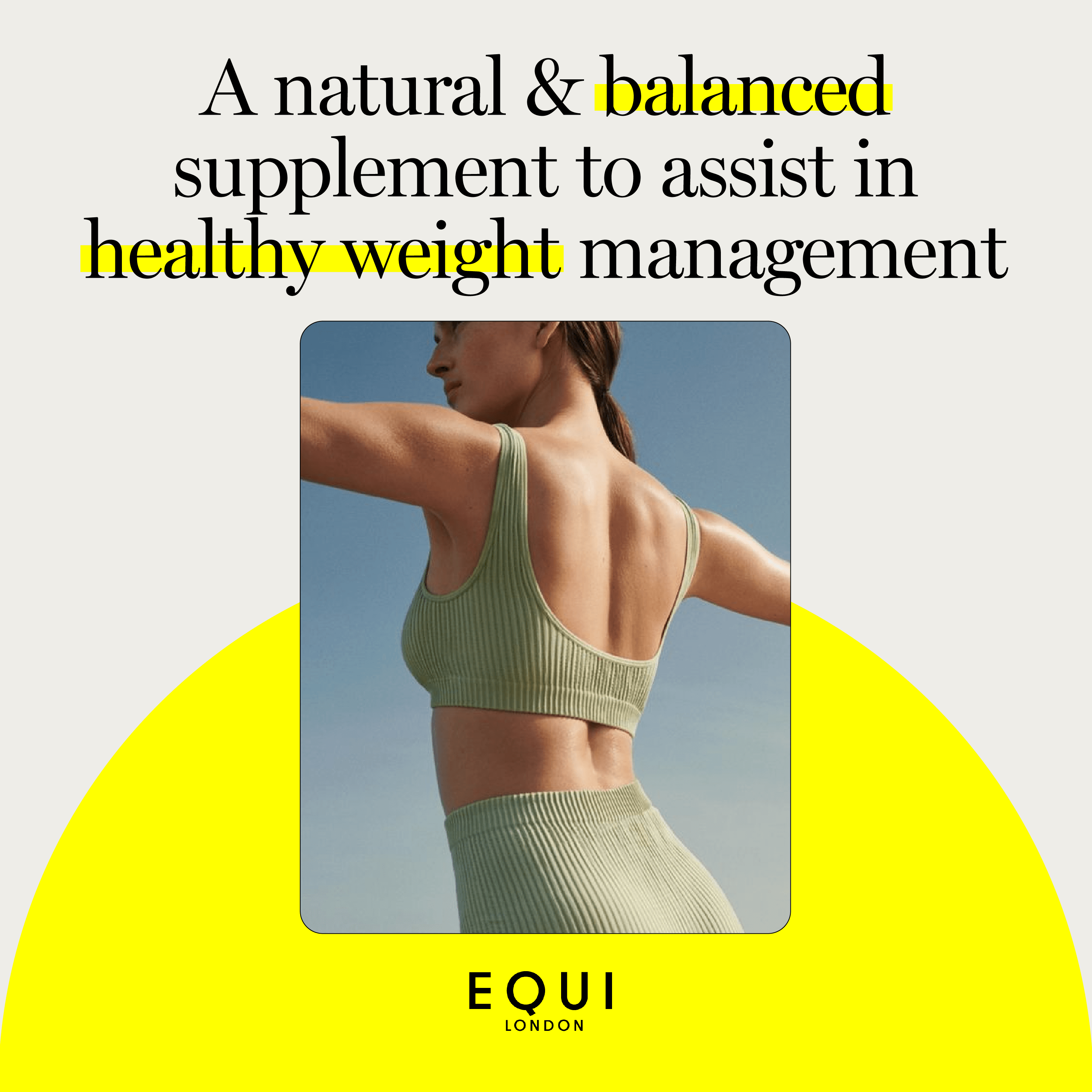Perimenopause, the transitional phase leading up to menopause, is a time of significant hormonal changes that can bring about various physical and emotional symptoms. Among the less talked about is vaginal dryness, which affects 40% of postmenopausal women. Dryness can severely impact a woman's quality of life, leading to discomfort. Understanding why vaginal dryness occurs during perimenopause, and knowing the steps to manage it, can empower women to maintain their well-being during this time of change and that’s exactly out aim with this blog.
Vaginal dryness during perimenopause primarily results from the decline in oestrogen levels. Oestrogen is a key hormone responsible for maintaining the thickness, elasticity, and natural lubrication of the vaginal tissues. As oestrogen production decreases, the vaginal walls become thinner and less elastic, and natural lubrication diminishes. This can cause symptoms like itching, burning, and pain during intercourse, significantly affecting a woman’s sexual health and overall comfort. However, there are effective strategies to manage and alleviate vaginal dryness, both through targeted nutrients and lifestyle adjustments. One such nutrient is sea buckthorn oil, an ingredient found in Menopause Oil Edition. Sea buckthorn oil is rich in omega-7 fatty acids, which have been shown to improve the health of mucous membranes, including those in the vagina. In fact, a significant study found that women who supplemented with sea buckthorn oil experienced a 38% improvement in vaginal dryness (1), highlighting its effectiveness as a natural remedy.
Another key player in supporting vaginal health during perimenopause is Lactobacillus rhamnosus, a beneficial probiotic strain included in our Menopause Formula. The female microbiome, particularly in the vaginal area, plays a crucial role in maintaining a healthy environment by balancing pH levels and preventing the overgrowth of harmful bacteria. Lactobacillus rhamnosus has been extensively researched for its ability to support the vaginal microbiome, potentially reducing the risk of infections, and contributing to overall vaginal health. By maintaining a healthy balance of bacteria, this probiotic strain can help alleviate some of the discomfort associated with vaginal dryness.
In addition to targeted nutrients and probiotics, lifestyle factors also play a vital role in managing vaginal dryness. Simple changes, such as avoiding over-cleaning the vaginal area which can disrupt the natural balance of bacteria, exacerbating dryness and increasing the risk of infections. Staying hydrated and using natural lubricants during intercourse can significantly alleviate symptoms. Women should also be mindful of their diet, as staying well-hydrated and consuming a diet rich in essential fatty acids, like those found in sea buckthorn oil, can support overall vaginal health.
This blog will explore these topics in greater detail, providing a comprehensive guide to managing vaginal dryness during perimenopause. By understanding the hormonal changes that cause this condition, leveraging the benefits of targeted supplements like sea buckthorn oil and Lactobacillus rhamnosus, and making simple lifestyle adjustments, women can navigate perimenopause with greater comfort and confidence.
Hormonal Changes & Dryness
Vaginal dryness is a common and often distressing symptom experienced by many women during perimenopause, the transitional period leading up to menopause. This condition is primarily driven by hormonal fluctuations, particularly the decline in oestrogen levels, which play a crucial role in maintaining the health and functionality of vaginal tissues. Oestrogen is a key hormone responsible for maintaining the moisture, elasticity, and pH balance of the vaginal tissues (2). During a woman’s reproductive years, oestrogen ensures that the vaginal walls remain thick, elastic, and well-lubricated by promoting blood flow and maintaining the production of glycogen. Glycogen is broken down into lactic acid, which helps maintain the vagina's slightly acidic pH, creating a protective barrier against infections.
However, as women enter perimenopause, the ovaries begin to produce less oestrogen. This decline in oestrogen triggers several changes in the vaginal environment. The vaginal walls become thinner, less elastic, and less lubricated, leading to the condition known as vaginal atrophy. Without sufficient oestrogen, the production of glycogen decreases, leading to a higher vaginal pH, which can disrupt the natural balance of the vaginal microbiome. This imbalance can increase the risk of infections, such as bacterial vaginosis and urinary tract infections (UTIs). The symptoms of vaginal dryness can vary in severity but often include itching, burning, and discomfort during everyday activities. One of the most commonly reported symptoms is dyspareunia, or pain during intercourse, which can significantly impact a woman's sexual health and intimate relationships. Some women may also experience frequent urinary urgency or discomfort due to the close proximity of the vaginal and urinary tracts.
Interestingly, not all women experience vaginal dryness during perimenopause, and the reasons for this variability are not fully understood. However, several factors may contribute to whether or not a woman experiences these symptoms. Genetic predispositions, lifestyle choices, and overall health can all play a role. For instance, women who smoke may be at a higher risk of vaginal dryness due to the effects of smoking on blood circulation, which can further reduce oestrogen levels and impair the health of vaginal tissues. Additionally, some women may maintain higher oestrogen levels during perimenopause, either naturally or through hormone replacement therapy (HRT), which can mitigate the symptoms of vaginal dryness (3).
The Role of Lactobacillus rhamnosus in Supporting Vaginal Health
The balance of the vaginal microbiome is critical for maintaining overall vaginal health, especially during periods of hormonal changes such as perimenopause and menopause. A healthy vaginal microbiome is predominantly composed of Lactobacillus species, which play a crucial role in protecting the vaginal environment from harmful pathogens and maintaining an acidic pH. Among these beneficial bacteria, Lactobacillus rhamnosus stands out for its significant role in promoting vaginal health, making it a key ingredient we decided to include in Menopause Formula. Lactobacillus rhamnosus is a probiotic strain that contributes to the maintenance of a healthy vaginal microbiome by encouraging the growth of beneficial bacteria and inhibiting the proliferation of harmful microorganisms. One of the main functions of L. rhamnosus is the production of lactic acid, which helps to sustain the acidic environment of the vagina. This acidic pH is essential for preventing the overgrowth of pathogenic bacteria and yeast, such as Candida albicans, which can cause infections and discomfort.
However, during perimenopause and menopause, the natural decline in oestrogen levels can disrupt the vaginal microbiome, reducing the population of lactobacilli and leading to an increase in vaginal pH. This shift creates a more favourable environment for harmful pathogens, increasing the risk of infections such as bacterial vaginosis (BV) and urinary tract infections (UTIs). Additionally, these changes can exacerbate symptoms of vaginal dryness, which is already a common concern during this stage of life. To naturally support the changes in the vaginal microbiome during these hormonal shifts, incorporating Lactobacillus rhamnosus into a daily regimen, as in Menopause Formula, can help restore and maintain the balance of the vaginal microbiome, potentially alleviating some of the discomforts associated with vaginal dryness. By promoting the growth of beneficial bacteria, L. rhamnosus helps to reinforce the natural defence mechanisms of the vaginal environment, reducing the likelihood of infections and maintaining optimal vaginal health.
Recent scientific studies support the use of Lactobacillus rhamnosus in promoting vaginal health. For example, one study found that supplementation with L. rhamnosus was effective in restoring the balance of the vaginal microbiome in women with recurrent bacterial vaginosis, leading to a significant reduction in symptoms and recurrence rates (4). Another study reported that L. rhamnosus supplementation helped maintain vaginal pH within the healthy range and supported the overall health of the vaginal environment during the menopausal transition (5).
By supporting the vaginal microbiome, Lactobacillus rhamnosus, found in Menopause Formula plays a vital role in mitigating the effects of oestrogen decline during perimenopause and menopause. This probiotic strain not only helps protect against infections but also supports the maintenance of the acidic environment necessary for optimal vaginal health. For women experiencing the discomforts associated with vaginal dryness, L. rhamnosus offers a natural and effective means of supporting overall vaginal health and improving quality of life during this transitional period. Shop Menopause Formula here.
Sea Buckthorn Oil - A Natural Moisturiser for Vaginal Dryness
Sea buckthorn oil, derived from the berries and seeds of the sea buckthorn plant, has gained significant attention for its potential to alleviate symptoms of vaginal dryness, particularly during perimenopause and menopause. A key component of Menopause Oil Edition, our organic cold-pressed sea buckthorn oil is rich in omega-7 fatty acids, which are known for their exceptional ability to nourish and hydrate mucous membranes, including the vaginal tissues.
One of the main reasons sea buckthorn oil is beneficial for managing vaginal dryness is its high concentration of palmitoleic acid, an omega-7 fatty acid that is integral to the health of mucous membranes. As women transition through perimenopause, the natural decline in oestrogen levels can lead to thinning of the vaginal walls, reduced lubrication, and increased dryness and discomfort. These changes not only contribute to symptoms like itching, burning, and painful intercourse but also increase the risk of vaginal infections due to the compromised integrity of the vaginal mucosa. Regular supplementation of sea buckthorn oil can help counter these effects by restoring moisture and improving the elasticity of vaginal tissues. The omega-7 fatty acids in sea buckthorn oil have been shown to support the regeneration and repair of mucosal cells, enhancing their ability to retain moisture and resist irritation. This hydrating effect is crucial for alleviating the dryness and discomfort associated with perimenopause and menopause. For example, one study found that supplementation with sea buckthorn oil led to significant improvements in vaginal moisture and elasticity. The women in the study reported an amazing 38% improvement in symptoms of dryness and discomfort, demonstrating the oil’s potential as a natural remedy for these common menopausal concerns (6). There was also a notable 7% overall improvement in vaginal health among these participants. In addition, there are broader benefits of sea buckthorn oil for menopausal health. For example, the oil’s ability to modulate inflammation and support the health of mucous membranes throughout the body, including the vaginal area. Therefore, the anti-inflammatory properties of sea buckthorn oil further contribute to its effectiveness in soothing irritation and maintaining the integrity of vaginal tissues during menopause.
In addition to its hydrating and anti-inflammatory properties, sea buckthorn oil is also rich in antioxidants, such as vitamins A and E, which protect mucous membranes from oxidative stress. This protection is particularly important during menopause when declining oestrogen levels can increase susceptibility to oxidative damage. By shielding vaginal tissues from this damage, sea buckthorn oil helps preserve their function and resilience.
Incorporating sea buckthorn oil into a daily regimen, as found in Menopause Oil Edition, offers a natural and effective approach to managing vaginal dryness. Its unique composition of omega-7 fatty acids and antioxidants works synergistically to restore moisture, enhance tissue elasticity, and alleviate the discomforts associated with perimenopause and menopause. This is combined in Menopause Oil Edition alongside a perfect-ratio of plant-based omegas 3 & 6 to nourish the skin, hair, joints and support brain function and mood, plus Evening Primrose Oil for its positive influence on hormone health, leading to balance and beauty on the inside and outside at a time when your body most needs support. Shop here.
5 Lifestyle Tips for Managing Dryness
Managing and preventing vaginal dryness, especially during perimenopause and menopause, involves a combination of practical lifestyle choices and mindful practices. By understanding how certain behaviours and environmental factors affect vaginal health, you can take proactive steps to maintain moisture and comfort.
Tip 1: Avoid Harsh Soaps, Douching, and Over-Cleaning
One of the most crucial steps in managing vaginal dryness is avoiding harsh soaps, douching, and over-cleaning. It’s important to note that the vagina is self-cleaning and these practices can strip the vaginal area of its natural oils and disrupt the delicate balance of the vaginal flora, leading to increased dryness and irritation. The vaginal environment relies on a specific pH and a community of beneficial bacteria, primarily Lactobacillus species, to maintain its health. Harsh chemicals and frequent washing can reduce the population of these good bacteria, allowing harmful pathogens to thrive, which can exacerbate dryness and discomfort.
Tip 2: Wear Cotton Underwear
Choosing the right underwear is another important factor in managing vaginal dryness. Cotton underwear is highly recommended because it is breathable and allows moisture to evaporate, reducing the risk of creating a damp environment that could lead to irritation or infection. Unlike synthetic materials, cotton does not trap heat and moisture, which can contribute to bacterial overgrowth and discomfort.
Tip 3: Maintain Proper Hygiene—But Don’t Overdo It
Proper hygiene is vital for preventing infections and maintaining vaginal health, but it’s important not to overdo it. Over-cleaning can remove the natural protective barriers of the skin, leading to increased dryness. It’s sufficient to allow water to run over the area in the shower once a day. Additionally, after activities like swimming or exercising, it’s essential to change out of wet or sweaty clothing promptly to prevent moisture build-up.
Tip 4: Stay Hydrated
Hydration is key to overall health, including vaginal health. Drinking adequate amounts of water helps maintain the body’s mucous membranes, including those in the vaginal area. Dehydration can exacerbate dryness, making it important for women to stay hydrated throughout the day.
Tip 5: Incorporate a Balanced Diet Rich in Essential Fatty Acids
A diet rich in essential fatty acids (EFAs) is beneficial for maintaining the health of mucous membranes. Omega-3 and omega-6 fatty acids, found in foods like fish, flaxseeds, walnuts, and chia seeds, help to maintain the skin’s moisture barrier. These healthy fats are essential for keeping the vaginal tissues hydrated and elastic, reducing the symptoms of dryness.
By adopting these practical lifestyle tips—avoiding harsh soaps and douching, wearing cotton underwear, practicing balanced hygiene, staying hydrated, and eating a diet rich in essential fatty acids—women can manage and prevent vaginal dryness effectively. These small, yet significant changes can help maintain the natural balance of the vaginal environment, reduce discomfort, and improve overall vaginal health during perimenopause and beyond. For further support, shop Total Menopause here.
Disclaimer: All of the information on this website is provided for general information only, it should not be treated as a substitute for the medical advice of your own doctor or any other health care professional providing personalised nutrition or lifestyle advice. If you have any concerns about your general health, you should contact your local health care provider. No one diet or supplement regime works for everyone and you should always seek help from a GP and registered health expert before making changes to your diet, or before introducing any supplements. This is especially important when pregnant.
References
- Larmo, P. S., Järvinen, R. L., Setälä, N. L., Yang, B., Viitanen, M. H., & Lehtonen, H. M. (2014). Effects of sea buckthorn oil intake on vaginal atrophy in postmenopausal women: a randomized, double-blind, placebo-controlled study. Maturitas, 79(4), 316-321.
- Costa Ana Paula Ferreira , Sarmento Ayane Cristine Alves , Vieira-Baptista Pedro , Eleutério José , Cobucci Ricardo Ney , & Gonçalves Ana Katherine, (2021). Hormonal Approach for Postmenopausal Vulvovaginal Atrophy, Frontiers in Reproductive Health, 3, pp.
- Shifren, J. L., Gass, M. L., NAMS Recommendations for Clinical Care of Midlife Women Working Group. (2014). The North American Menopause Society recommendations for clinical care of midlife women. American Journal of Obstetrics and Gynecology, 21 (10), pp. 1038-62.
- Reid, G., Dols, J., & Miller, W. (2009). Targeting the vaginal microbiome with probiotics as a means to prevent and treat bacterial vaginosis: A systematic review and meta-analysis. Journal of Lower Genital Tract Disease, 12(6), pp. 583-7.
- Peng Liu et al. (2023). Use of probiotic lactobacilli in the treatment of vaginal infections: In vitro and in vivo investigations. Frontiers in Cellular and Infection Microbiology, 13.
- Larmo, P. S., Järvinen, R. L., Setälä, N. L., Yang, B., Viitanen, M. H., & Lehtonen, H. M. (2014). Effects of sea buckthorn oil intake on vaginal atrophy in postmenopausal women: a randomized, double-blind, placebo-controlled study. Maturitas, 79(4), 316-321.
